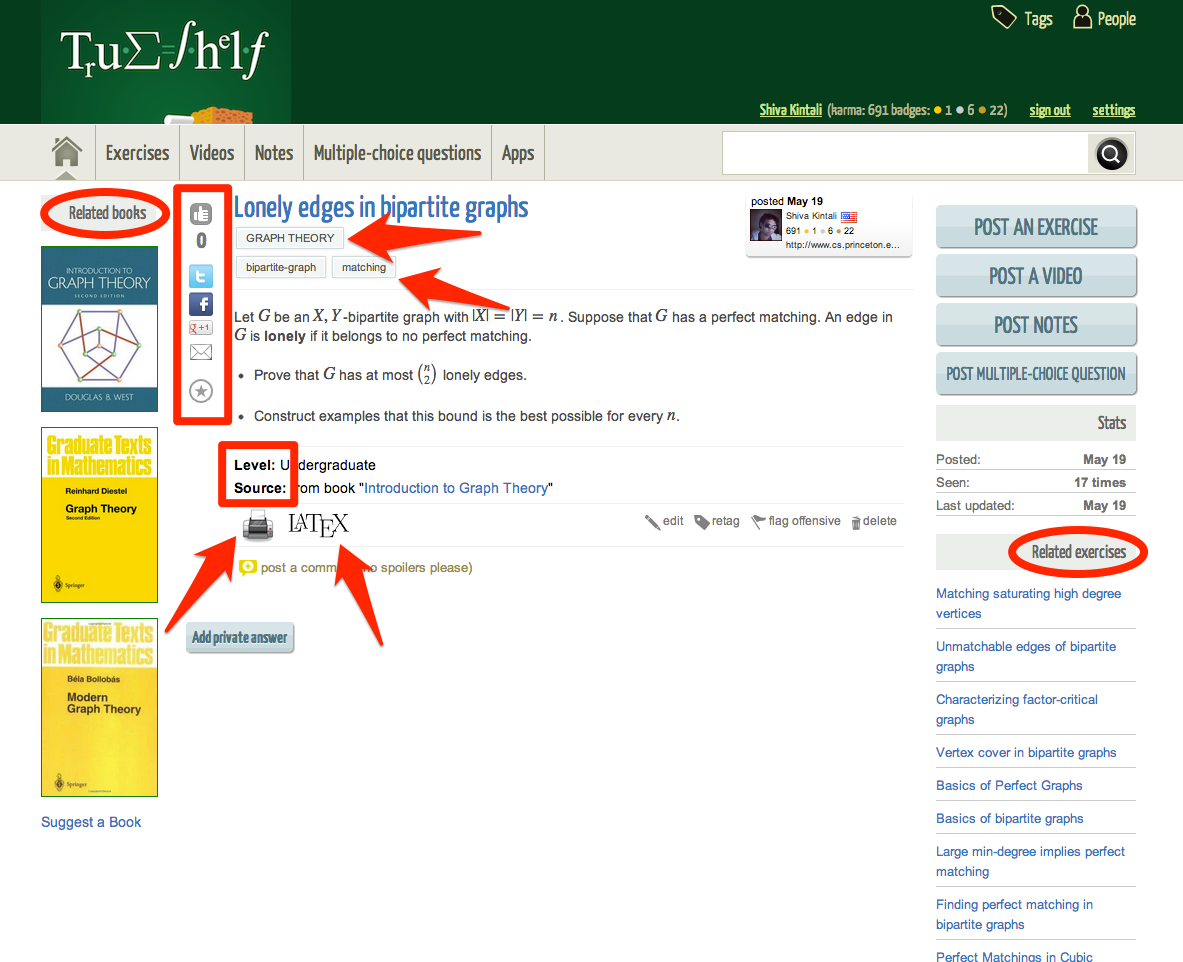Algorithmic Puzzles By Anany Levitin Pdf Creator
Levitin, Anany. Introduction to the design & analysis of algorithms / Anany Levitin. Includes bibliographical references and index. Methods of Specifying an Algorithm. Proving an Algorithm's Correctness. Analyzing an Algorithm. Coding an Algorithm. Exercises 1.2. Buy, download and read Algorithmic Puzzles ebook online in EPUB or PDF format for iPhone, iPad, Android, Computer and Mobile readers. Author: Anany Levitin; Maria Levitin. Publisher: Oxford University Press, USA. While many think of algorithms as specific to computer science, at its core.

Description Based on a new classification of algorithm design techniques and a clear delineation of analysis methods, Introduction to the Design and Analysis of Algorithms presents the subject in a coherent and innovative manner. Written in a student-friendly style, the book emphasizes the understanding of ideas over excessively formal treatment while thoroughly covering the material required in an introductory algorithms course. Popular puzzles are used to motivate students' interest and strengthen their skills in algorithmic problem solving. Other learning-enhancement features include chapter summaries, hints to the exercises, and a detailed solution manual. • Employs an innovative and more comprehensive taxonomy of algorithm design techniques • Covers mathematical analysis of both nonrecursive and recursive algorithms, as well as empirical analysis and algorithm visualization • Discusses limitations of algorithms and ways to overcome them • Treats algorithms as problem-solving tools and develops algorithmic thinking by using puzzles and games • Contains over 600 exercises with hints for students and detailed solutions for instructors • Exercises and engaging puzzles. • The most important change in this edition is the new order of the chapters on decrease-and-conquer and divide-and-conquer.

There are several advantages in introducing decrease-and-conquer before divide-and-conquer: • Decrease-and-conquer is a simpler strategy than divide-and-conquer. • Decrease-and-conquer is applicable to more problems than divide-and-conquer. • The new order makes it possible to discuss insertion sort before mergesort and quicksort.
• The idea of array partitioning is now introduced in conjunction with the selection problem. The author took advantage of an opportunity to do this via the one-directional scan employed by Lomuto’s algorithm, leaving the two-directional scan used by Hoare’s partitioning to a later discussion in conjunction with quicksort. • Binary search is now considered in the section devoted to decrease-by-aconstant-factor algorithms, where it belongs. • The second important change is restructuring of Chapter 8 on dynamic programming. Specifically: • The introductory section is completely new.
It contains three basic examples that provide a much better introduction to this important technique than computing a binomial coefficient, the example used in the first two editions. • All the exercises for Section 8.1 are new as well; they include well-known applications not available in the previous editions.
• The author also changed the order of the other sections in this chapter to get a smoother progression from the simpler applications to the more advanced ones. • More applications of the algorithms discussed are included. • The section on the graph-traversal algorithms is moved from the decrease-and-conquer chapter to the brute-force and exhaustive-search chapter. • The Gray code algorithm is added to the section dealing with algorithms for generating combinatorial objects. • The divide-and-conquer algorithm for the closest-pair problem is discussed in more detail. • Updates include the section on algorithm visualization, approximation algorithms for the traveling salesman problem, and the bibliography. • The author added about 70 new problems to the exercises.
Some of them are algorithmic puzzles and questions asked during job interviews. Table of Contents New to the Third Edition xvii Preface xix 1Introduction 1 1.1 What Is an Algorithm? About the Author(s) Dr. Anany Levitin graduated from the Moscow State University with an MS degree in Mathematics. He holds a Ph.D. Degree in Mathematics from the Hebrew University of Jerusalem and an MS degree in Computer Science from the University of Kentucky. Introduction to the Design and Analysis of Algorithms has been translated into Chinese, Russian, Greek, and Korean and is used in hundreds of schools all over the world.
Levitin is also the author of Algorithmic Puzzles, publishing in Fall 2011. Levitin teaches courses in the Design and Analysis of Algorithms at Villanova University.
More While many think of algorithms as specific to computer science, at its core algorithmic thinking is defined by the use of analytical logic to solve problems. This logic extends far beyond the realm of computer science and into the wide and entertaining world of puzzles. Focus T25 Free Download Utorrent Movies here. In Algorithmic Puzzles, Anany and Maria Levitin use many classic brainteasers as well as newer examples from job interviews with major corporations to show readers how to apply analytical thinking to solve puzzles requiring well-defined procedures. The book's unique collection of puzzles is supplemented with carefully developed tutorials on algorithm design strategies and analysis techniques intended to walk the reader step-by-step through the various approaches to algorithmic problem solving.
Mastery of these strategies--exhaustive search, backtracking, and divide-and-conquer, among others--will aid the reader in solving not only the puzzles contained in this book, but also others encountered in interviews, puzzle collections, and throughout everyday life. Each of the 150 puzzles contains hints and solutions, along with commentary on the puzzle's origins and solution methods. The only book of its kind, Algorithmic Puzzles houses puzzles for all skill levels. Readers with only middle school mathematics will develop their algorithmic problem-solving skills through puzzles at the elementary level, while seasoned puzzle solvers will enjoy the challenge of thinking through more difficult puzzles.